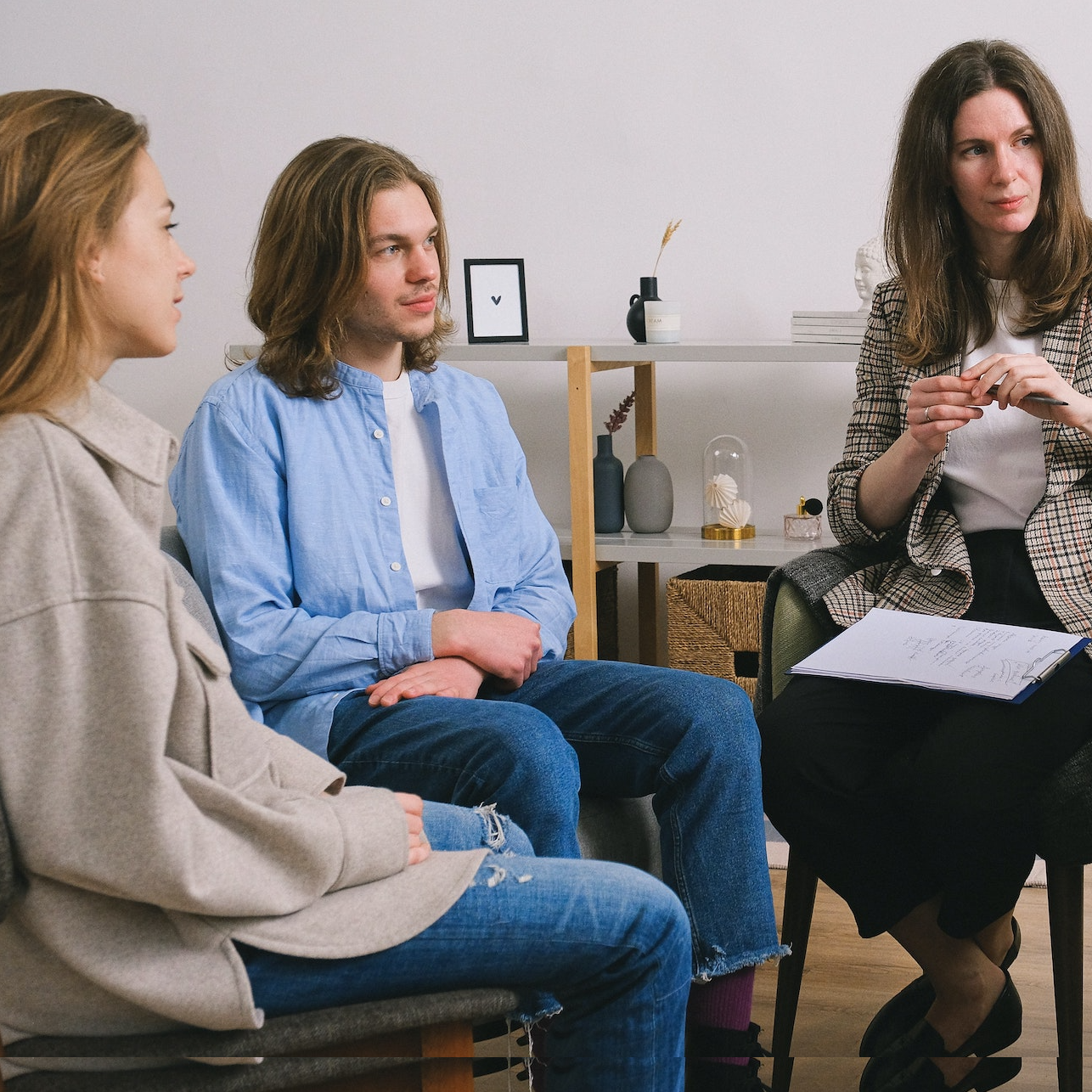More than one way home - Student raters' impressions of interventions and group processes in mentalisation based group psychotherapy and group analytic psychotherapy

All claims expressed in this article are solely those of the authors and do not necessarily represent those of their affiliated organizations, or those of the publisher, the editors and the reviewers. Any product that may be evaluated in this article or claim that may be made by its manufacturer is not guaranteed or endorsed by the publisher.
Authors
In a study comparing mentalisation-based group therapy (MBT-G) and group analytic psychotherapy (GAP) in a day clinic, both group psychotherapy forms were found to be highly effective. But how did specific interventions and processes in both groups differ? The present article describes student raters' impressions. Twelve psychology students listened to 100 audio recordings of 90 minutes group psychotherapy sessions of GAP and MBT-G. Each session was randomly assigned to two student raters, who were asked to write down their impressions. These were analysed. Group conductors in MBT-G used more questions, had short shares of speech, used group dynamics and fostered multiple perspectives on the issues discussed. Affect perception was stimulated by asking questions. In PDGT, conductors used more interpretations, confrontations and supportive interventions, and they had longer share of speech. Handling of affects was based on ‘allowing to get infected’. It is hypothesized that symptom reduction in both groups occurred via different ways: in GAP the pathic (affective contagion) function of interactions was more relevant, while in MBT-G it was the phatic (contact keeping) function. Results are also discussed in relation to previous findings on group processes and interventions.
How to Cite

This work is licensed under a Creative Commons Attribution-NonCommercial 4.0 International License.






